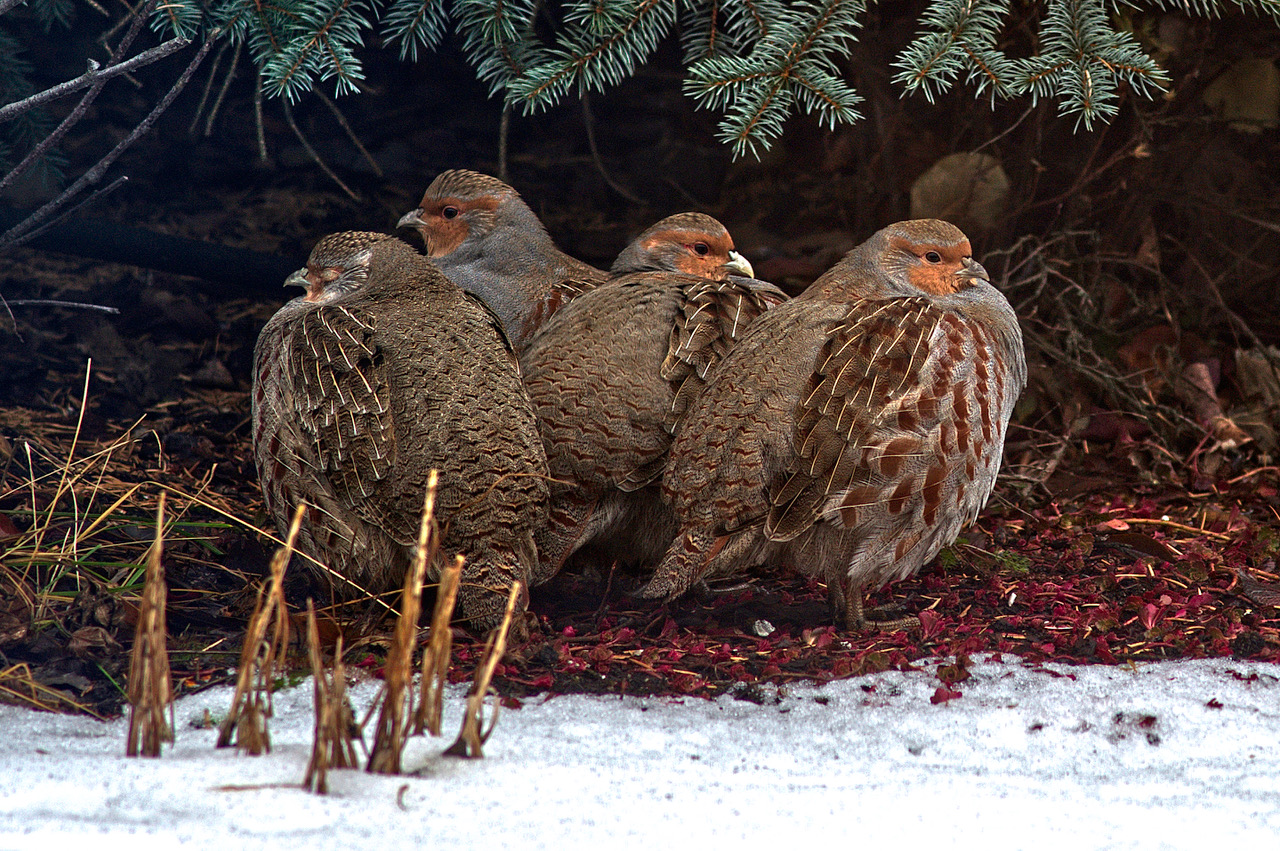You don’t have to travel to Africa to see beautiful creatures. Certainly Africa has amazing biodiversity. One of our daughters travelled to an east African country this past summer. In a nearby National Wildlife Park she saw zebras, lions, elephants, hippos, gazelles, giraffes, wildebeest and crocodiles. And she managed to take some spectacular pictures.
The rest of us might well declare that since we cannot go to a beautiful African wildlife park anytime soon, we are excused from conducting observations in the great outdoors. That however definitely is not the case. Even city dwellers can manage to view some wonderful wildlife nearby. Coyotes in western Canada are not that popular, but they are beautiful animals. Besides coyotes in our backyard in the city of Edmonton, we have observed jack rabbits (bunnies on steroids, declared one visitor from central Canada), red squirrels (small but extra feisty), moose, and all manner of interesting birds. Once, a ground squirrel tried to make a nest under our front porch. I was delighted but my husband scared it away. In central Canada the cast of wildlife characters in the city includes black and grey squirrels, skunks and raccoons.
Lately we have been delighted to see a group of six to eight grey (Hungarian) partridge in our back yard. Introduced to North America about 1900 from Europe, Edmonton seems close to the northern and western edge of their range. But what interesting birds they are! You have to be extra cautious when viewing or photographing them because they are so skittish! They normally walk, but when startled, they run quickly away or flush into the air in a flash. You blink your eyes and they are gone! Be sure to keep records of when and where you see interesting creatures. The records make interesting reading in later years.
So what do we learn from all this? We learn about the wonders of the creation. The variety of creatures, the variety of their lifestyles and their beauty, or at least interesting appearances, cannot fail to impress us. This can be the start of a lifelong habit of appreciating the works of God, and also possibly a career in learning more about biodiversity and sharing these insights with others.
Moxie
April 2020
Subscribe to Dialogue







